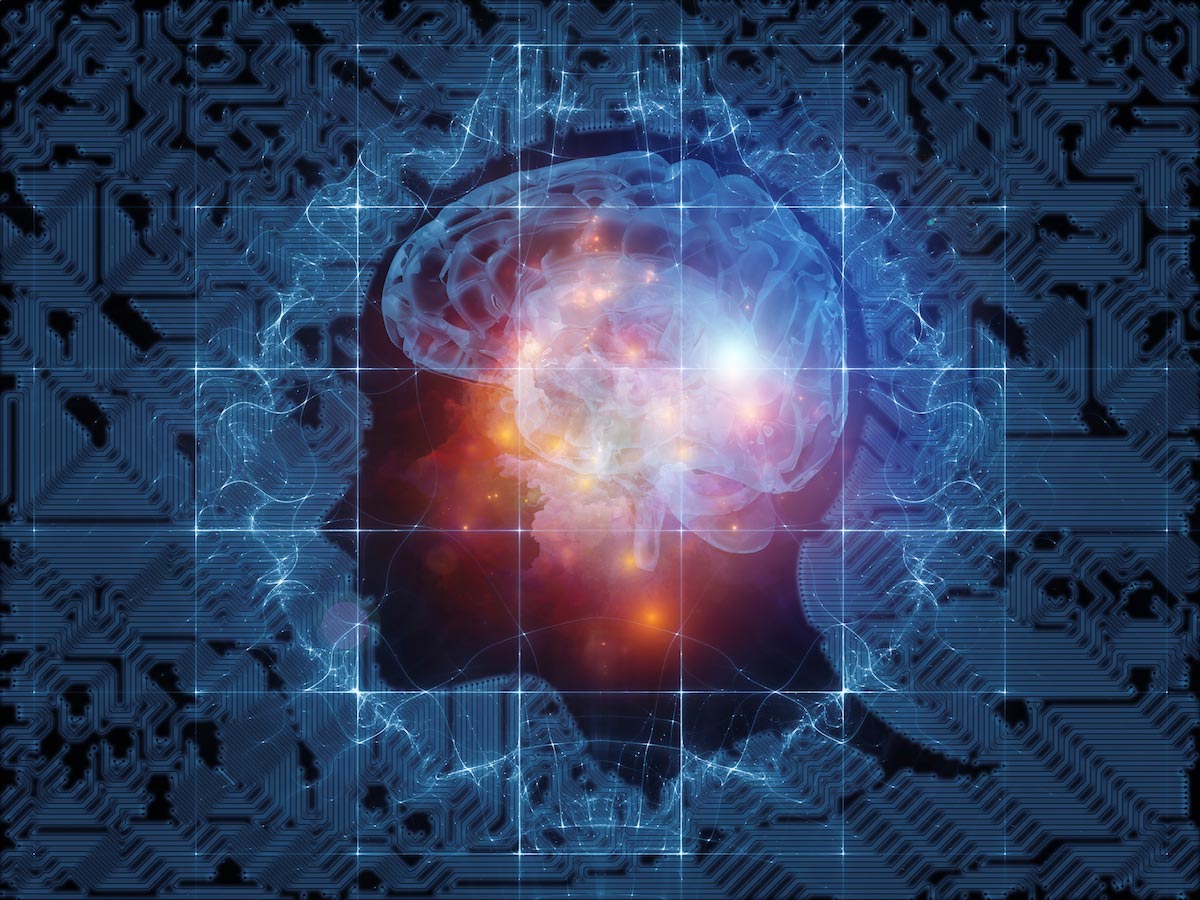The science of consciousness: Scientists are learning more about how the brain functions while we sleep
12/28/2017 / By Russel Davis

The scientific community has long believed that connection between different areas of the cerebral cortex gets disengaged and could no longer communicate effectively during the non-rapid eye movement (REM) sleep, and when a patient is under anesthesia due to the loss of consciousness. However, a study published in The Journal of Neuroscience revealed that the brain remains active and interconnected during the same sleep cycle.
A team of experts at the Human Brain Project and the European CANON project explained that sleep is comprised of various cycles with different stages ranging between slow- and fast-wave. According to the scientists, these waves make up the non-REM sleep and REM sleep. The experts add that it is normal to experience four or five complete cycles during the night, with each cycle lasting about 90 minutes. The researchers examined how the brain regulates the neuronal connections of the neocortex and hippocampus in animal models.
The researchers implanted the right brain hemisphere of each rat with a custom-built tetrode microdrive in order to obtain and record data on the animals’ brain neural activity. The experts then trained the animals to perform a two-choice visual discrimination task on a maze. The scientists also employed various information-theoretical measures to assess the functional connectivity in the animals’ brains.
Recent findings may have potential implications in consciousness study
The scientists chose two recording sessions for each animal and observed at least four neurons in each recorded region of the brain. The research team also assessed the animals’ brain activity for at least 30 minutes spent during the active wakefulness state, quiet wakefulness state, and NREM. The experts did not observe any significant difference in information theoretical measure among the phases.
“Our results reveal potential functional differences between excitatory and inhibitory neurons across the sleep–wake cycle. Preserved coupling between interneurons and distance-dependent decline [among] excitatory neurons during NREM was described previously at the single-area level in humans. Here, we found that functional connectivity [among] interneurons is also preserved [among] different brain areas during NREM. Overall, our results indicate that, during NREM, interneurons help to maintain an adequate level of coupling [among] brain areas…Our results thus support the view that interneurons might be involved in modulating oscillatory activity during NREM to foster coordination…[among] brain areas,” the experts wrote.
The research team also conducted a second trial that examined the state of consciousness from a neuroscience standpoint. According to the experts, the concept had already been studied previously from a philosophical perspective. However, the researchers assessed a number of studies that highlighted the importance of a proper communication among cortical areas.(Related: Long-Term Artificial Light Exposure Disrupts Circadian Rhythms and Can Be Detrimental To Our Health, New Study Finds.)
“Neuroscientific research on consciousness driven by new methods and theoretical advances should be increasingly robust and accepted, since notable scientific and clinical progress is now starting to be made,” the researchers reported in a SINC La Ciencia es Noticia article.
Follow Mind.news for more updates on mental health studies.
Sources include:
Tagged Under: Brain, brain activity, brain health, consciousness, mental health, Mind, neurons, REM, sleep



















